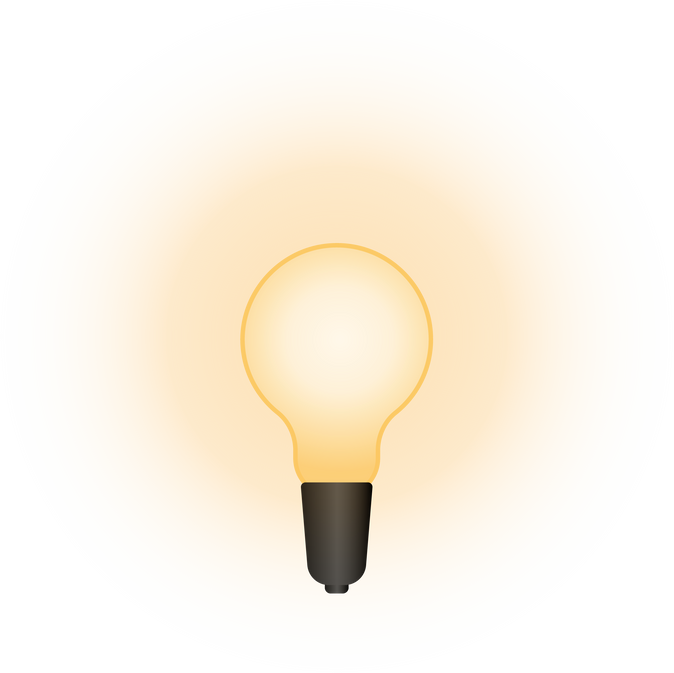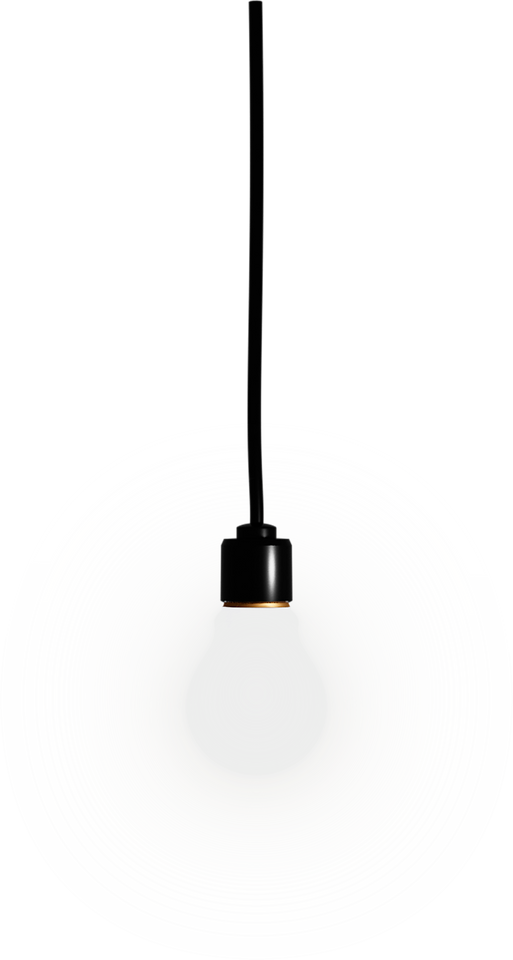

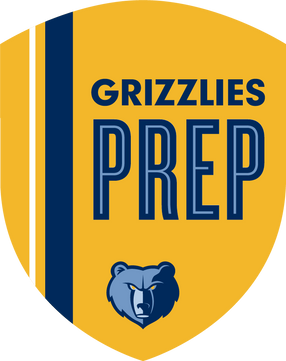
Hello GP Family,
my name is
Mr. Holmes!
Hello GP Family,
my name is
Mr. Holmes!
I'm a 6th Grade Math Teacher at Grizzlies Prep, and
I believe our youth will solve many of our problems.
My Background
I'm From Chicago.

I've worked in EDUCATION
Years
My roles Have Been
- MTR Reads Support Assistant
- 5th, 7th, and 8th Grade Science Teacher
- 5th, 6th, and 7th Grade
Math Teacher
- MTR STEM CAMP Teacher
+

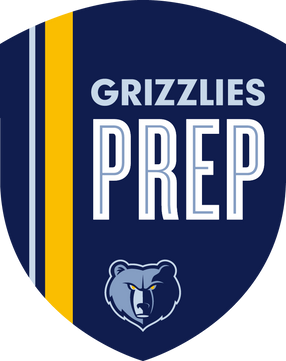
Hello GP Family,
my name is
Mr. Jones!
Hello GP Family,
my name is
Mr. Jones!
I'm a 6th Grade Math Teacher at Grizzlies Prep, and
I believe our youth will learn greatness from one another.
A Quick Background
I'm From INDIANAPOLIS

I've worked in EDUCATION
Year
My roles Have Been
- SeCONDARY AND COLLEGIATE Math Tutor
- MTR STEM CAMP Teacher
- Interim Teacher FOR Highschool and ELEMENTARY
Here are some of OUr Favorite School
memories From Last School Year.

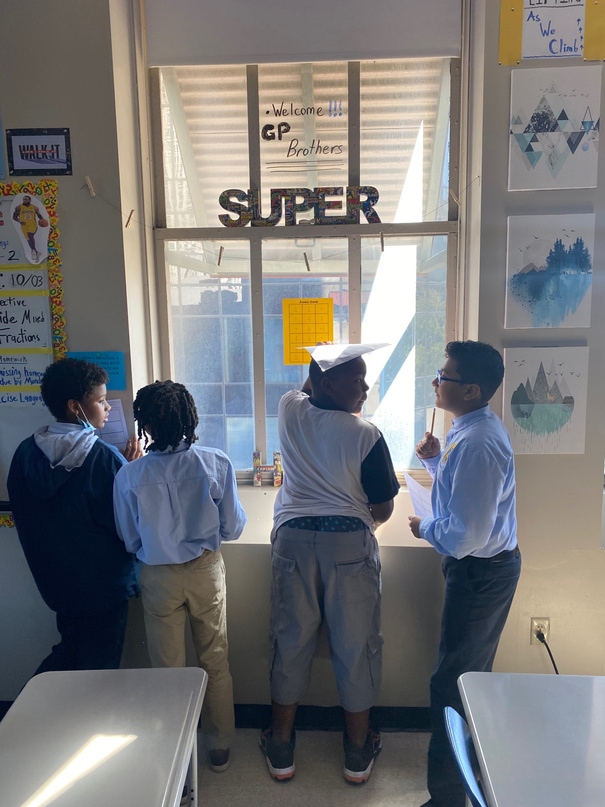



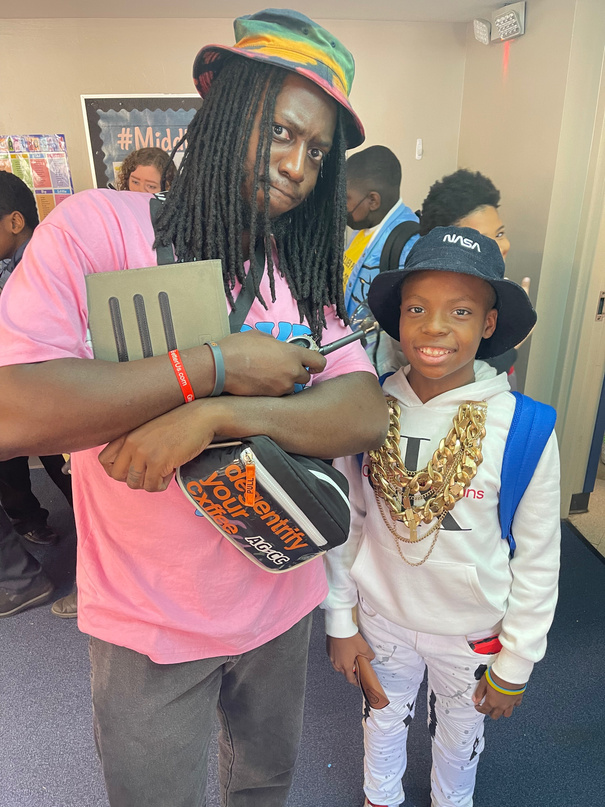



6th- Grade Math Syllabus
The goal for families, students, and me in this 6th-grade math course is to ensure that all GP brothers experience significant growth, advancing at least 1.5 grade levels in their understanding of numbers and operations.
Additionally, we will strive for the majority of GP brothers to meet performance expectations on the math portion of the state assessment which will reflect their mastery of key concepts.
Throughout the course, we aim for a performance average of 80% on all unit exams, indicating a solid grasp of the material.
Moreover, we emphasize creating meaningful connections between math and the real world, empowering students to apply their knowledge in practical life.
Goal of Course:
6th- Grade Math Grading Scale and Philosophy
Extra
Credit
Opporunities
5%
Project
Based
Activities
10%
Exit
Ticket
25%
Grading
Scales
Unit
Assessments
10%
Homework
25%
Participation
25%
The grading philosophy for 6th-grade math aims to provide a comprehensive evaluation of each student's progress and understanding. To ensure a balanced way of grading, 75% of the grades are evenly distributed across three major assignment types: exit tickets, homework tasks, and daily class participation. Daily class participation encompasses activities such as math discussions, completing in-class practice problems, and meeting classroom engagement expectations. Additionally, other grade types, include unit assessments, project-based activities, and extra-credit opportunities, and these grades make up the remaining 25%. With a target of at least 40 grades per quarter, students have numerous opportunities to achieve their best grades possible. Our grading system is designed to holistically assess student performance and encourage active participation in the learning process.
Curricular Unit Overviews for 6th-grade math
Unit 0
This unit only lasts 2 days and gives an introductory overview of the classroom environment in math and establishes foundational learning practices.
Brothers will learn about basic routines and procedures for math class.

In Unit 1, brothers will dive into basic operational algorithms (addition, subtraction, multiplication, and division), exploring techniques for solving problems involving whole numbers and decimals. Additionally, this unit will introduce the concepts of greatest common factor and least common multiples, helping students develop their understanding of number relationships. Furthermore, students will delve into the distributive property, a fundamental concept that enables them to simplify and solve mathematical expressions efficiently.
Unit 1
Unit 2
In Unit 2, brothers will focus on the division of fraction numbers, encompassing unit fractions, improper fractions, and whole numbers. They will learn various strategies, including the use of tape diagrams and algorithms with reciprocals, to effectively divide fractions. Through these methods, students will gain a deeper understanding of fraction operations and develop their problem-solving skills in relation to division.
Unit 3
In Unit 3, brothers will explore the concept of absolute value, focusing on measuring the magnitude of integers and rational numbers. They will learn to represent these values on both a number line and a coordinate plane, gaining a solid understanding of positive and negative values. Additionally, students will study the relationships between opposite values and the concept of "opposite of opposite" position, further enhancing their comprehension of number systems and their graphical representations.
Unit 4
In Unit 4, brothers will delve into the concept of ratio reasoning, employing different mathematical models such as tape diagrams, double number lines, and tables. They will learn how to apply ratio reasoning to solve real-world problems, developing their ability to analyze and compare quantities in proportional relationships. This unit will provide a foundation for understanding ratios and their practical applications in everyday situations.
Unit 5 focuses on the interrelationship between rates, ratios, and percentages, with a specific emphasis on percentages. Brothers will explore the creation of models, such as double number lines and tables, to understand and represent percentages. Furthermore, they will develop skills in writing equations to solve real-world problems involving percentages, fostering their ability to apply mathematical concepts in practical scenarios.
Unit 5
Unit 6
Unit 6 focuses on developing the skills of writing, evaluating, and interpreting numerical, verbal, and algebraic expressions. Brothers will gain a solid foundation in these fundamental algebraic concepts, which will prepare them for the algebraic challenges they will encounter in 7th-grade math and beyond. Through this unit, students will enhance their ability to manipulate and understand expressions in various forms, strengthening their algebraic thinking and problem-solving skills.

Unit 7
Unit 7 centers around writing, evaluating, and solving algebraic equations using strategies such as bar models and substitution. Brothers will learn how to conceptualize the application of independent and dependent variables in real-world problems, building their ability to analyze and solve equations. These skills will serve as a strong foundation for the algebraic challenges that await them in 7th-grade math, preparing them to approach more complex problems with confidence.
In Unit 8, brothers will delve into the practical application and evaluation of the concept of area, focusing on various geometric shapes such as triangles, trapezoids, parallelograms, and compound structures. They will explore different methods to calculate area and develop a solid understanding of the relationship between shape and area. These concepts will serve as a foundation for the upcoming unit, where they will further build upon their knowledge of geometric measurements and properties.
Unit 8
Unit 9 focuses on the evaluation of volume and surface area in relation to various geometric shapes, including triangular prisms, rectangular prisms, pyramids, and compound structures. Brothers will explore these concepts through engaging activities such as building origami structures, which provide hands-on experiences for understanding measurement and spatial relationships. This unit not only enhances their understanding of volume and surface area but also promotes creativity and problem-solving skills through the construction of tangible geometric models.
Unit 9
Unit 10
In Unit 10, brothers will delve into the analysis of statistical data. They will examine data representations such as box and whisker plots, frequency tables, and histograms to gain insights into the distribution and characteristics of the data. Additionally, students will explore key statistical measures such as the mean, median, mode, and range, developing their ability to summarize and interpret data effectively.
Email Address
Email Address
mojones@grizzliesprep.org
mojones@grizzliesprep.org


Email Address
Email Address
bholmes@grizzliesPrep.org
bholmes@grizzliesPrep.org

Looking forward
to working with everyone!
Looking forward
to working with everyone!
